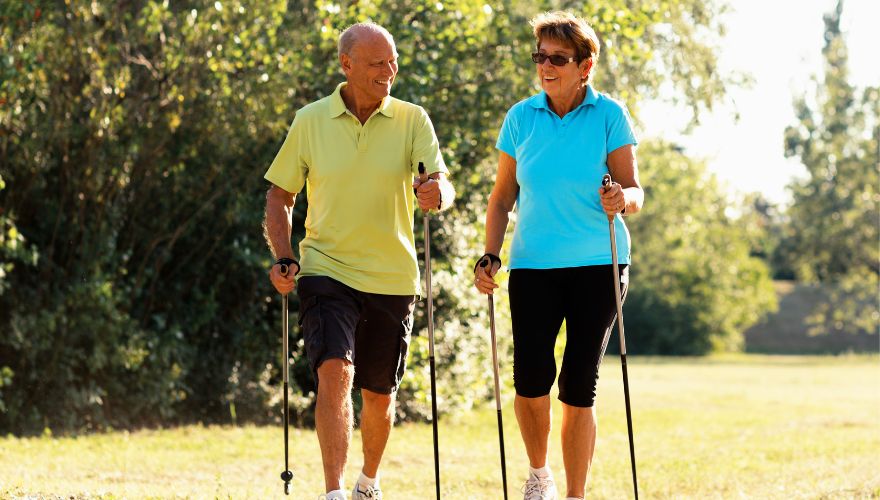Amyloidosis is a rare disease that occurs when abnormal proteins build up in tissues and organs throughout the body. This build-up can lead to a variety of health problems and complications. These proteins can accumulate in various organs, including the heart, kidneys, liver and nervous system. As the amyloid proteins accumulate, they can damage the organs and eventually lead to organ failure. Unfortunately, there are no known cures for this disease, but there are treatments that can help patients. In addition, regular physical activity can also play an important role in the treatment of the disease. Amyloidosis and physical activity, in this article we will discuss this topic in its entirety to understand its importance.
The Negative Effects of Amyloidosis
Depending on the organ affected, amyloidosis can lead to various health problems. Symptoms can include fatigue, shortness of breath, swelling of the legs and ankles, weight loss and numbness or tingling of the hands and feet. Over time, amyloidosis can lead to serious complications such as heart or kidney failure.
The Importance of Physical Activity
Regular physical activity can play an important role in managing amyloidosis. Exercise has been shown to improve cardiovascular health, reduce inflammation, and improve overall quality of life. In addition, exercise can help to prevent complications associated with amyloidosis, such as heart failure and kidney failure.
Finding the Right Balance
Although physical activity is important in the management of amyloidosis, it is important to find the right balance for the patient. People with amyloidosis need to work closely with their health care team to determine the level of physical activity that is right for them. In some cases, it may be necessary to modify the exercise program or avoid certain activities altogether. So, if you have amyloidosis and have not yet consulted a doctor about your physical activity, be cautious and do moderate activities such as walking, cycling and swimming. And don’t forget to discuss it with a health care team as soon as you can.

